Progarchives.com has always (since 2002) relied on banners ads to cover web hosting fees and all.
Please consider supporting us by giving monthly PayPal donations and help keep PA fast-loading and ad-free forever.
/PAlogo_v2.gif) |
|
Post Reply 
|
Page 12> |
| Author | ||||||
The.Crimson.King 
Forum Senior Member 
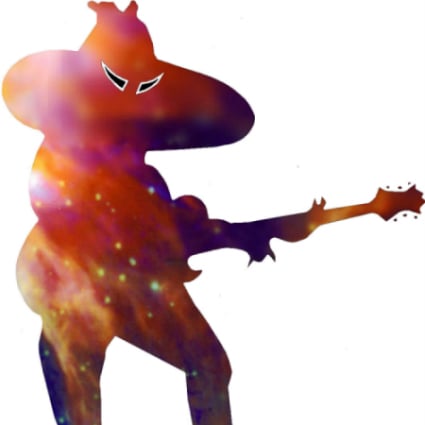
Joined: March 29 2013 Location: WA Status: Offline Points: 4591 |
 Topic: 12 Tone Serial Music Composers Topic: 12 Tone Serial Music ComposersPosted: October 28 2013 at 13:44 |
|||||
|
Anyone out there into composing 12 tone serial music a la Arnold Schoenberg? I did a few pieces about 10 years ago and am just getting into it again and would like to compare notes with other composers

|
||||||
 |
||||||
HolyMoly 
Special Collaborator 

Retired Admin Joined: April 01 2009 Location: Atlanta Status: Offline Points: 26133 |
 Posted: October 28 2013 at 13:56 Posted: October 28 2013 at 13:56 |
|||||
|
Compare notes? Which 12 did you use?
 |
||||||
|
My other avatar is a Porsche
It is easier for a camel to pass through the eye of a needle if it is lightly greased. -Kehlog Albran |
||||||
 |
||||||
Guldbamsen 
Special Collaborator 

Retired Admin Joined: January 22 2009 Location: Magic Theatre Status: Offline Points: 23098 |
 Posted: October 28 2013 at 13:57 Posted: October 28 2013 at 13:57 |
|||||
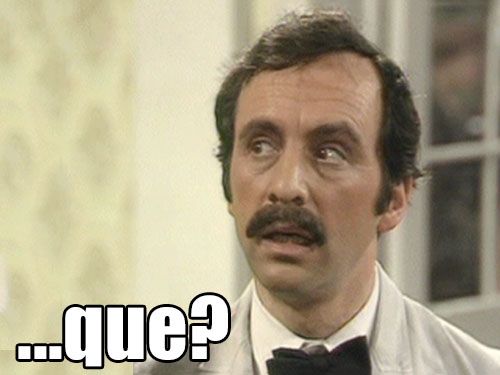
|
||||||
|
“The Guide says there is an art to flying or rather a knack. The knack lies in learning how to throw yourself at the ground and miss.”
- Douglas Adams |
||||||
 |
||||||
Dean 
Special Collaborator 
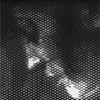
Retired Admin and Amateur Layabout Joined: May 13 2007 Location: Europe Status: Offline Points: 37575 |
 Posted: October 28 2013 at 14:08 Posted: October 28 2013 at 14:08 |
|||||
|
I have done a few 12-tone serial pieces (prime, retrograde, inversion and retrograde-inversion) but cannot for the life of me remember which particular tunes they were.
I have a piece on LastFM that is jokily called A Toe Nail Poem (www.last.fm/music/The+Cacophony+Of+Light/Stateless/A+Toe+Nail+Poem) but it isn't serialism, it just uses all 12 notes of the chromatic scale with no regard to keys and scales.
|
||||||
|
What?
|
||||||
 |
||||||
The.Crimson.King 
Forum Senior Member 

Joined: March 29 2013 Location: WA Status: Offline Points: 4591 |
 Posted: October 28 2013 at 14:35 Posted: October 28 2013 at 14:35 |
|||||
All of them of course
 |
||||||
 |
||||||
Smurph 
Forum Senior Member 
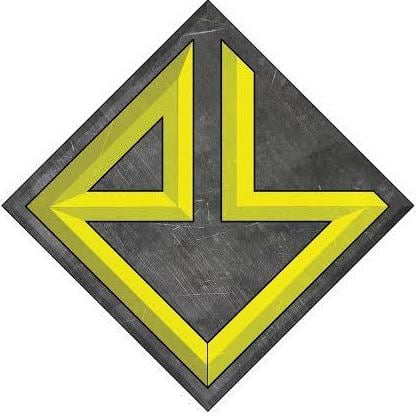
Joined: January 11 2012 Location: Columbus&NYC Status: Offline Points: 3167 |
 Posted: October 28 2013 at 16:06 Posted: October 28 2013 at 16:06 |
|||||
Music note joke. So in 12 tone serialism you have to use all of them in any order without repeating any? Do you not repeat any within the single melody or over any set of 12 notes played? This concept confused me. Haha |
||||||
 |
||||||
Dean 
Special Collaborator 

Retired Admin and Amateur Layabout Joined: May 13 2007 Location: Europe Status: Offline Points: 37575 |
 Posted: October 28 2013 at 17:02 Posted: October 28 2013 at 17:02 |
|||||
...or so says Wikipedia |
||||||
|
What?
|
||||||
 |
||||||
The Pessimist 
Prog Reviewer 
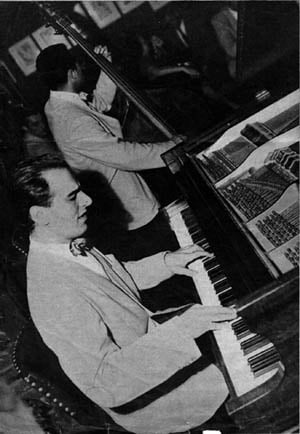
Joined: June 13 2007 Location: United Kingdom Status: Offline Points: 3834 |
 Posted: October 28 2013 at 17:36 Posted: October 28 2013 at 17:36 |
|||||
|
Berg, Webern and some later Scriabin

|
||||||
|
"Market value is irrelevant to intrinsic value."
Arnold Schoenberg |
||||||
 |
||||||
The.Crimson.King 
Forum Senior Member 

Joined: March 29 2013 Location: WA Status: Offline Points: 4591 |
 Posted: October 28 2013 at 18:06 Posted: October 28 2013 at 18:06 |
|||||
|
Once you create your original tone row, generating the 12 x 12 tone row matrix takes awhile and is pretty easy to mess up. I found a great tool that builds the matrix for you and even prints it out
 Also, I've stumbled across "The Arnold Schoenberg Center" which is a website that allows you to hear the master's complete works for free. It also gives cool info about each piece like composition date and first performance date. Edited by The.Crimson.King - October 28 2013 at 18:13 |
||||||
 |
||||||
The.Crimson.King 
Forum Senior Member 

Joined: March 29 2013 Location: WA Status: Offline Points: 4591 |
 Posted: October 28 2013 at 19:07 Posted: October 28 2013 at 19:07 |
|||||
|
I've discovered in my research that there appears to be 2 approaches at play here. Serial music v 12 tone music.
Serial music is highly structured and can include not only tone rows that control the pitch, but also the dynamics and even the length of each note (whole/1/2,1/4,1/8,etc). This approach seeks to take nearly all decision making process away from the composer except definition of the tone row and choice of which row to use. This appears to be much more extreme than Schoenberg's approach which is more closely identified as 12 tone music and is considered a subgenre of serial music. In Schoenberg's 12 tone approach, you still define the 12 note row and create the matrix but you may repeat a note. You may also repeat the current note with the previous note (essentially a "trill"). You can also define a subseries of notes as a motivic element and repeat that. It seems Schoenberg's focus was to get composers to stop relying on the harmonic conventions they learned in school and have heard all their lives and think outside the box. Way outside the box! Not unlike Robert Fripp's Guitar Craft courses where students were confronted with learning Fripp's "new standard tuning" so they couldn't rely on past patterns and familiar licks. I found this fascinating quote from "The Daily Beethoven" blog: ************************************************************************ Finally - and this is probably the MOST IMPORTANT rule about 12-tone composition: THERE ARE NO RULES. What I mean is that 12-tone is a tool used to break free from traditional harmony of the 19th century and if at any time one decides that it would be nice to have that first note repeated at the end of the phrase - it's perfectly fine. The 12-tone system is more like a "recipe" kind of rule. It's a good way to get some new flavors but if you want to substitute lemon juice for vinegar it's OK, you can still call it salad dressing. Schoenberg himself broke the 12-tone rule all the time. Once, when someone wrote to him pointing out that the had repeated a note within his tone row, Schoenberg basically told him that his music was to be listened to, not studied. "My works are twelve-tone compositions, not twelve-tone compositions." (Schoenberg letter to annoying nit-picking fan) ********************************************************************** I'd also highly recommend anyone curious who wants to learn more to check out this fantastic video from Vi Hart - the youtube MatheMusician...Fun Fun Fun  Edited by The.Crimson.King - October 28 2013 at 23:13 |
||||||
 |
||||||
Smurph 
Forum Senior Member 

Joined: January 11 2012 Location: Columbus&NYC Status: Offline Points: 3167 |
 Posted: October 28 2013 at 20:04 Posted: October 28 2013 at 20:04 |
|||||
|
Give me a period of time and I'll be able to come back with it. I think I need to think about it on a piano level instead of guitar so I need to buy a keyboard real quick.
|
||||||
 |
||||||
irrelevant 
Collaborator 
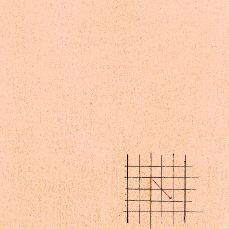
Honorary Collaborator Joined: March 07 2010 Location: Australia Status: Offline Points: 13382 |
 Posted: October 29 2013 at 00:55 Posted: October 29 2013 at 00:55 |
|||||
|
Why have rules?
Ron Jarzombek composes the Blotted Science stuff in 12 tone, I think.
|
||||||
 |
||||||
Dean 
Special Collaborator 

Retired Admin and Amateur Layabout Joined: May 13 2007 Location: Europe Status: Offline Points: 37575 |
 Posted: October 29 2013 at 02:35 Posted: October 29 2013 at 02:35 |
|||||
It's a fun technique that makes you think about composition in a different way but if you don't like the rules, don't use them/
|
||||||
|
What?
|
||||||
 |
||||||
irrelevant 
Collaborator 

Honorary Collaborator Joined: March 07 2010 Location: Australia Status: Offline Points: 13382 |
 Posted: October 29 2013 at 04:17 Posted: October 29 2013 at 04:17 |
|||||
It's interesting, no doubt. I've looked up some info on it in the past. I personally would prefer to compose without that technique, that's all.
|
||||||
 |
||||||
Dean 
Special Collaborator 

Retired Admin and Amateur Layabout Joined: May 13 2007 Location: Europe Status: Offline Points: 37575 |
 Posted: October 29 2013 at 07:06 Posted: October 29 2013 at 07:06 |
|||||
I know your user name is "irrelevant" but I now wonder what you are doing in this thread if it is not to troll.
|
||||||
|
What?
|
||||||
 |
||||||
irrelevant 
Collaborator 

Honorary Collaborator Joined: March 07 2010 Location: Australia Status: Offline Points: 13382 |
 Posted: October 29 2013 at 07:19 Posted: October 29 2013 at 07:19 |
|||||
Can't I sum up my thoughts at under a paragraph? I just wanted to say that the compositional technique is not one I'm a fan of. A bit useless to the thread, I know, but I make up for it with the mentioning of Blotted Science (12 tone instrumental prog death metal).
|
||||||
 |
||||||
The Pessimist 
Prog Reviewer 

Joined: June 13 2007 Location: United Kingdom Status: Offline Points: 3834 |
 Posted: October 29 2013 at 09:42 Posted: October 29 2013 at 09:42 |
|||||
"Why have rules." I might add that all rules are in art are a way of understanding music logically. You can't understand music without limiting yourself. Limiting yourself creates parameters to work without, and if those parameters were not there then you'd be confused by the infinite number of options. I don't know whether you compose music or not, but if you do then you abide by rules, even if you don't know about it. I hear a lot of folk say "If it sounds good then it sounds good." Well, it sounding good is a rule. Also, rules derive from what sounds good or not. Regarding serialism, it relies heavily on logic and structure. It's mathematical. Shoenberg actually said it was LESS free than tonal music, and the reason being that serialism doesn't have a tonic reference point. In its place you have to create structure out of the atonalism, which is where Arnold's techniques come in. Rhythm also plays a major part in this. They aren't "rules", because... well, you can do what the hell you like. Whether it's good or not however depends on the presence of logical structure. |
||||||
|
"Market value is irrelevant to intrinsic value."
Arnold Schoenberg |
||||||
 |
||||||
The.Crimson.King 
Forum Senior Member 

Joined: March 29 2013 Location: WA Status: Offline Points: 4591 |
 Posted: October 29 2013 at 11:57 Posted: October 29 2013 at 11:57 |
|||||
I've never heard of Blotted Science before but your description of "12 tone instrumental prog death metal" was irresistible. Just checked this out and was blown away...it's clearly not serial music (and doesn't follow the highly structured rules) but definitely sounds 12 tone to my ears. And the video is HP Lovecraft's worst nightmare...and just in time for Halloween. Thanks irrelevant, you made my day  Edited by The.Crimson.King - October 29 2013 at 13:05 |
||||||
 |
||||||
refugee 
Forum Senior Member 
VIP Member Joined: November 20 2006 Location: Greece Status: Offline Points: 7026 |
 Posted: October 29 2013 at 15:17 Posted: October 29 2013 at 15:17 |
|||||
|
This might interest you:
http://www.supload.com/listen?s=Tc2FMt In the last part I used a twelvetone row played forward and backwards so the two rows together form one symmetrical row of 24 notes. Then I generated nine new rows, using a special system I designed myself. The eleventh row, played towards the end together with some other, unrelated musical material – mainly to prevent the piece from dying out with only one instrument playing – is identical to the first. I’m not sure if it qualifies as serial music, but it’s pretty close. Edited by refugee - October 29 2013 at 15:29 |
||||||
|
He say nothing is quite what it seems;
I say nothing is nothing (Peter Hammill) |
||||||
 |
||||||
Polymorphia 
Forum Senior Member 
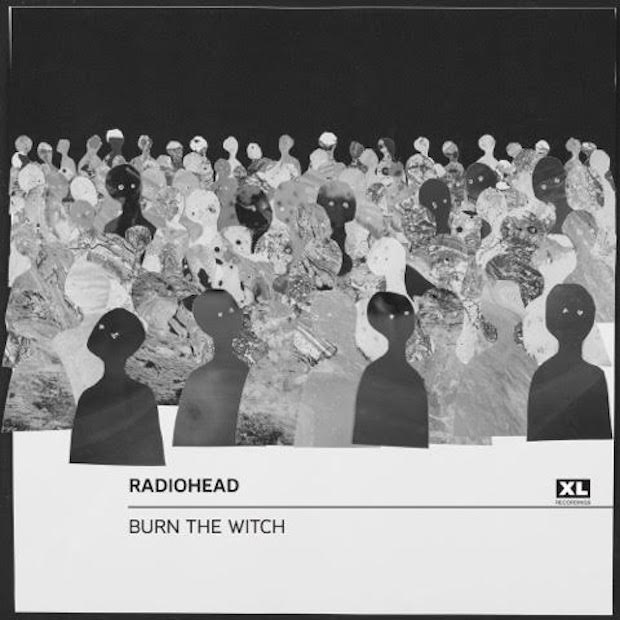
Joined: November 06 2012 Location: here Status: Offline Points: 8856 |
 Posted: October 29 2013 at 15:20 Posted: October 29 2013 at 15:20 |
|||||
 That's why have rules. Of course, it doesn't have to be those rules specifically or even rules related to the acknowledged parameters of the music itself, but rules are always present, so you might as well devise ones that can, with the right amount of craft, yield works as moving as Schoenberg's, Webern's, or Berg's. |
||||||
 |
||||||
Post Reply 
|
Page 12> |
| Forum Jump | Forum Permissions  You cannot post new topics in this forum You cannot reply to topics in this forum You cannot delete your posts in this forum You cannot edit your posts in this forum You cannot create polls in this forum You cannot vote in polls in this forum |